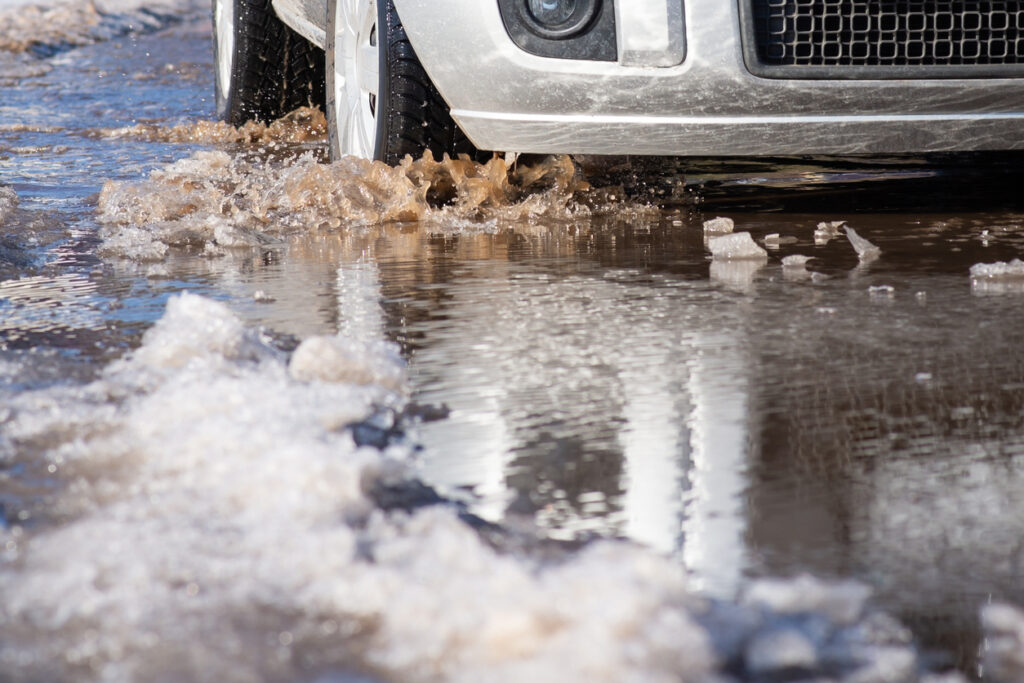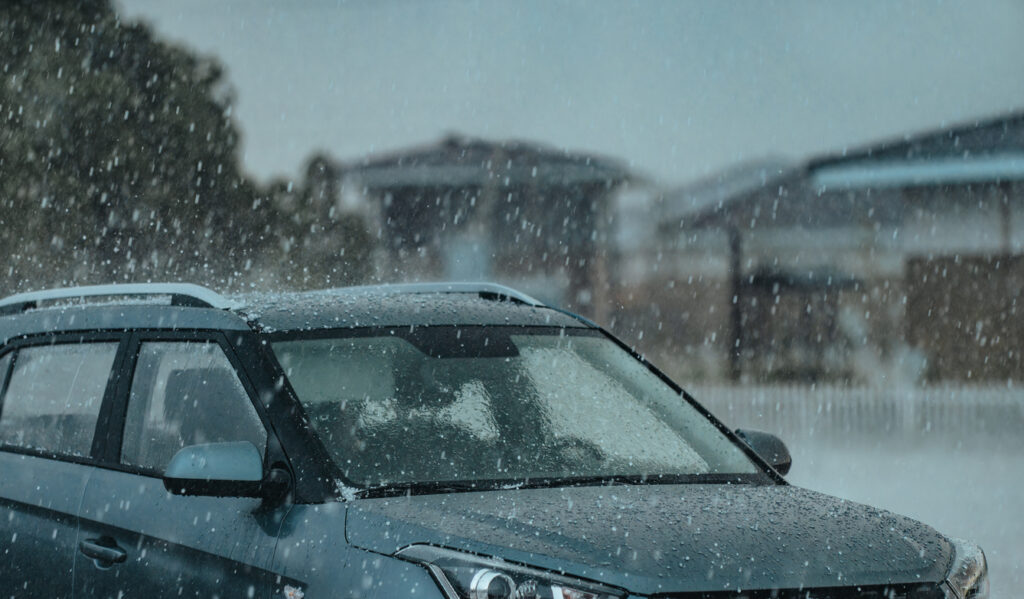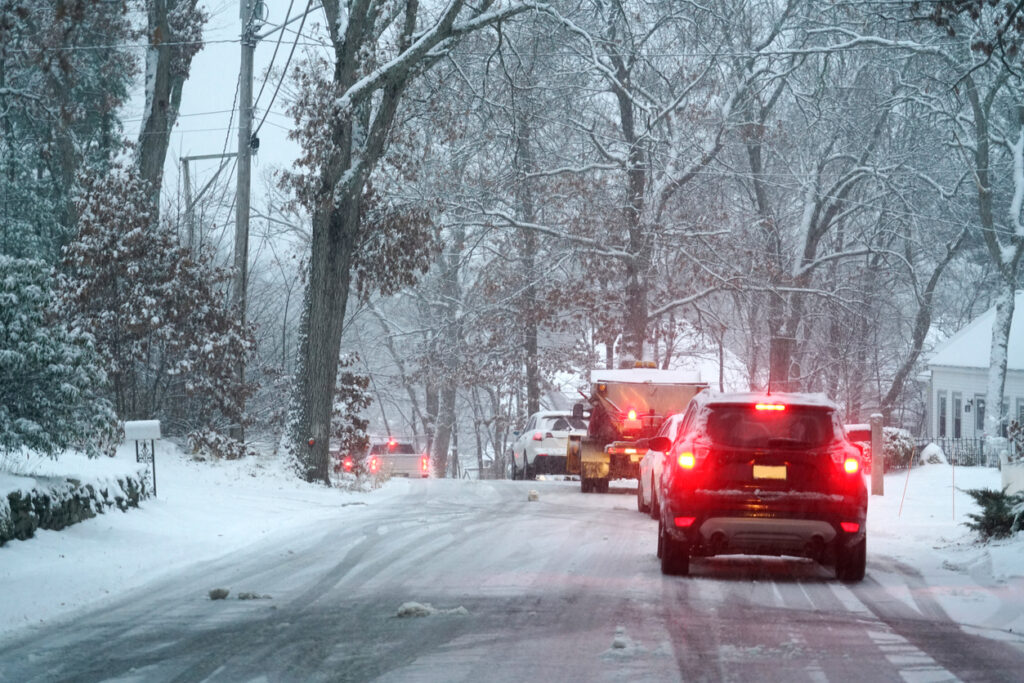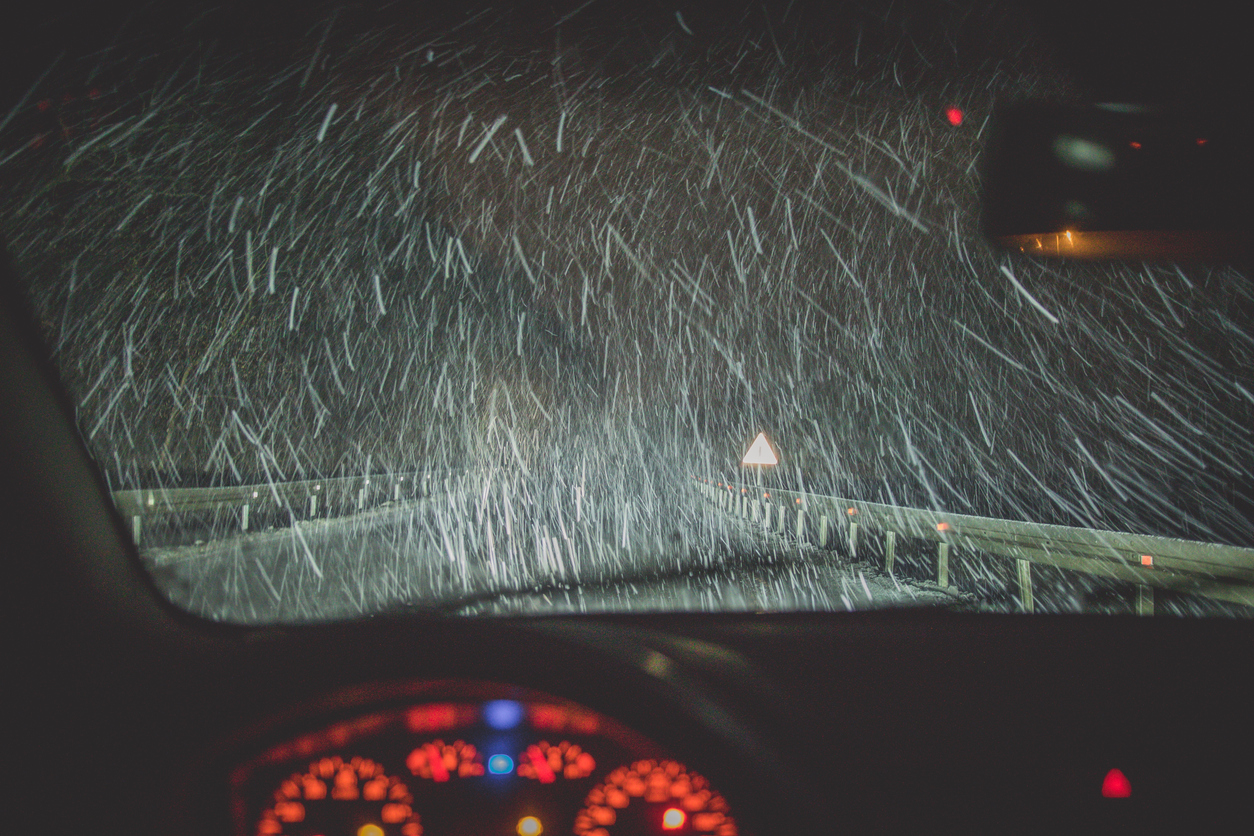The subject of driving in snow vs driving in rain carries distinct legal implications across U.S. states. Traffic laws vary, yet every jurisdiction holds drivers responsible for adjusting to weather conditions. Whether roads are slick with snow or slick with rainwater, statutes, case law, and common‑law duties converge to shape how motorists must behave. Placing the phrase driving in snow vs driving in rain within the first segment ensures clarity and optimization while immediately focusing the reader on these weather‑based legal responsibilities.
Understanding Traffic Law Variations for Driving in Snow vs Driving in Rain
When considering driving in snow vs driving in rain, it is crucial to recognize that some states impose winter‑specific statutes, such as mandating tire chains or reduced speed limits during snow events. In contrast, rainy conditions often trigger general safe‑operation rules—slow down when wet, turn on headlights, and maintain braking distance. Whether a statute mentions icy roads specifically or merely expects safe driving in all conditions, courts interpret each case in light of how driving in snow vs driving in rain demands different precautions.
State Statutes Addressing Snow Conditions vs Rain Conditions
States like Colorado, California, and Vermont issue chain law requirements, while many coastal or southern states offer minimal regulation of rainfall road hazards. That disparity reflects different legislative responses to weather. Yet even in states without snow‑specific rules, the statute mandating “reasonable and prudent” speed under the conditions applies equally to driving in snow vs driving in rain, making it essential to know how local courts interpret that duty.
Judicial Interpretation of Negligence in Snow vs Rain Accidents
Courts across the nation assess whether drivers acted reasonably given the conditions they faced. In jurisdictions with well‑developed case law about winter driving, courts expect drivers to anticipate snow, use winter equipment, and avoid travel during alerts. In rainy climates, precedent focuses on whether drivers used lights, braked safely, and avoided hydroplaning. The comparative analysis of driving in snow vs driving in rain often hinges on whether the driver demonstrated knowledge of risk and adjusted their behavior accordingly.

Traffic Law Enforcement During Snow Events vs Rainstorms
Law enforcement practices adapt to prevailing conditions. In many states, patrol units issue warnings or citations for speeding too fast on snow‑packed roads. Rain seldom incurs citations unless drivers violate visibility or speed statutes. Still, both weather types lead officers to assess whether drivers complied with statutory duties. The enforcement approach reflects how driving in snow vs driving in rain is treated legally—snow often triggers explicit public safety measures, while rain enforcement relies on general law.
Duty to Reduce Speed While Driving in Snow vs Driving in Rain
Nearly every state traffic code includes a provision that speed must be safe for conditions. The difference lies in interpretation. Courts reviewing cases involving driving in snow vs driving in rain frequently analyze weather reports, windshield video, and road conditions to determine what constituted reasonable speed. If a driver was traveling near the speed limit during a snowfall without winter tires, they may face liability despite adherence to edge laws. Similarly, traveling through a downpour without headlights or slowed pace may still be negligent.
Obligations About Safety Equipment in Snow vs Rain Conditions
State laws differ regarding mandatory equipment. In snowy areas, chains or studs may be required. Rain-related laws rarely require specific gear, but they expect functioning headlights and wipers. Laws vary, but in all cases, driving in snow vs driving in rain implies that the driver must ensure their vehicle is equipped to handle the weather. Failure to maintain brakes, tires, or lighting can result in citation or civil liability, depending on the severity and aftermath of the crash.
Case Law Showing Differences in Snow vs Rain Crash Judgments
Consider a decision from a New York appellate court: a driver slid through an icy intersection and struck another vehicle. The court found the driver negligent due to failure to reduce speed and lack of winter tires. Conversely, a California court ruled that a downpour that clouded windshield visibility constituted an “act of weather,” mitigating fault where the driver slowed and drove with lights on. Such rulings distinguish how driving in snow vs driving in rain is treated under state precedents, reinforcing that legal expectations rise with predictable hazards like snow.

Comparative Negligence Rules Applied to Snow vs Rain Cases
States follow different negligence frameworks: pure comparative, modified comparative, or contributory fault. Regardless, when accidents involve weather, courts allocate blame based on how each driver responded to conditions. In a snowy crash, a motorist may be deemed 60 percent at fault for proceeding too fast while another bears 40 percent for improper yielding. In a rain accident, shared fault may arise from insufficient braking and heavy speed. Such case outcomes reflect how driving in snow vs driving in rain influences fault apportionment in civil liability.
State‑Mandated Snow Advisory Measures vs Rain Advisory Measures
Governments often issue weather advisories: plow alerts, road closure notices, or flash flood warnings. Insurance carriers and courts examine whether drivers followed them. A motorist ignoring chain requirements after a state issues a chain advisory during snow may be found per se negligent. By contrast, if there were no formal flood warning, failing to avoid deep water may be considered poor judgment but less legally condemnable. These distinctions are part of how driving in snow vs driving in rain is legally analyzed in different jurisdictions.
External Government Reference for Safe Weather Driving
The National Highway Traffic Safety Administration (NHTSA) provides state‑level guidance on safe driving practices during adverse weather. Their documentation explains how road friction, braking distance, and visibility vary between snowy and rainy conditions. This publicly available resource underscores the legal notion that driving in snow vs driving in rain demands different operational standards and supports judicial interpretation.
Insurance Implications of State Traffic Laws on Snow vs Rain Driving Claims
Insurance adjusters take state traffic laws into account when handling claims arising from driving in snow vs driving in rain accidents. If state law requires chains or winter tires, adjusters review compliance. If no rain‑specific statute applies, adjusters refer to standard clauses on safe operation. The legal distinction between snow and rain conditions shapes how claims are valued, whether negligence defenses are advanced, and how settlements are negotiated.

Behavioral Expectations Under State Law for Snow vs Rain Conditions
Judges and juries evaluate driver behavior in light of state expectations. An individual traveling through snow after warnings expect courts to scrutinize whether they had functional snow tires or obeyed closures. In rainy conditions, courts expect prudent use of lights, firm braking, and avoidance of standing water. These behavior-based legal norms clarify how driving in snow vs driving in rain is adjudicated in traffic law contexts and personal injury claims.
How Emergencies and Weather Declarations Affect Responsibility
Certain states declare emergencies during extreme snowfall or flooding, triggering temporary traffic laws or prohibiting travel. Driving during such declarations can violate state law. In snowy emergencies, courts often hold drivers strictly liable for accidents because the decision to drive itself violates public orders. In rainfall emergencies, similar prohibitions may exist, but are less common. Still, when they exist, driving in snow vs driving in rain under emergency declarations can carry enhanced legal consequences.
Role of Traffic Citations and Reports in Snow vs Rain Cases
When traffic citations are issued—such as speeding in wet conditions or failing to heed snow route restrictions—they become evidence of negligence per se. Courts treating these as automatic fault indicators rely on statutory citations. Whether the citation references snow‑specific law or general safe‑operation requirements, the presence of a citation strengthens legal claims. These procedural differences demonstrate how driving in snow vs driving in rain carries varying evidentiary weight in traffic court and civil proceedings.
Conclusion: State Laws Define Duties in Snow vs Rain Driving
Ultimately, driving in snow vs driving in rain is not only a comparison of weather types but a delineation of legal standards and local traffic laws. States with explicit snow statutes expect higher levels of precaution, while rainy jurisdictions rely on universal safe‑speed rules. In all cases, drivers must adapt to conditions, observe advisories, and maintain proper equipment. That legal responsibility does not vanish with the weather—it transforms according to law and precedent.
For perspective on how courts and adjusters evaluate weather-based driving, see this in-depth analysis of driving in snow vs driving in rain behavior comparisons and insurance adjustment.

Leave a Reply